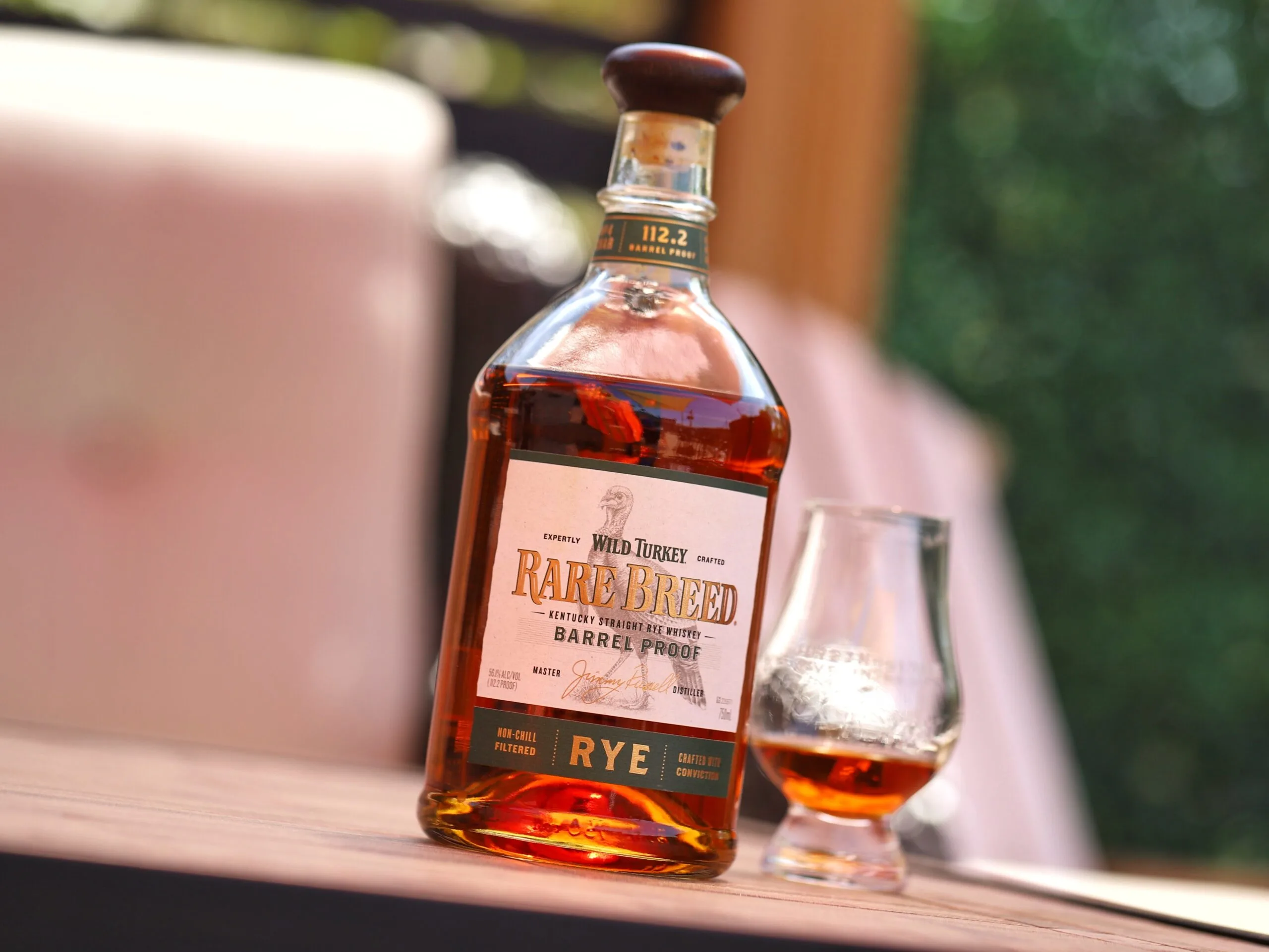| Don't like ads? | No ads |
*Bourbon Culture is reader-supported. When you buy through links on our site, we may earn an affiliate commission.
There’s nothing that delivers the rush of excitement for whiskey enthusiasts quite like when a producer announces a brand new product for their permanent portfolio. I’ve seen it come and go with bottles like Four Roses Small Batch Select, Benchmark Full Proof and even Heaven Hill bringing back its namesake Bottled in Bond.
People gradually get used to them and the hype dies down. I bet sales numbers are good for the first year or so because everyone wants to try them.
This was the case when Wild Turkey released the rye whiskey version of Rare Breed in 2020. Up until then, the only way to get Wild Turkey rye whiskey was to buy a bottle of Wild Turkey 81 or 101 and Russell’s Reserve Rye Whiskey Single Barrels.
The first two were young, chill-filtered and proofed way down. The latter was a single barrel version which always had to be bottled at the same proof. It’s no mystery why Wild Turkey didn’t have a strong rye whiskey market presence – Jimmy Russell is on the record many times saying how he didn’t care about making it.
Wild Turkey Rare Breed Rye Whiskey
But the sands of time have a way of eroding all kinds of stubbornness. Starting around 2015, we started to see a shift in attitude with the powers-that-be at Campari (Wild Turkey’s overlord) and how they wanted to ramp up the production of rye whiskey.
The new barrels that WT began to lay down in earnest finally came of age towards the end of 2019 in enough quantity to necessitate a new product being created. That’s because the secret about the whiskey industry is that young barrels must be sold.
Not every barrel is destined for aging past 5 years. When tasters go around to rickhouses, they have a certain set of parameters to decide if a whiskey will still be able to mature correctly or if it’s time to pull it. Sometimes they just look for barrels that are good enough at 4 years old to pull for a base product.
This also helps clear the way for another new batch of barrels to get put into their place. Another factor is money. Rickhouses need to be periodically emptied to fill with new barrels so the distillation process can continue efficiently. This is why we have so many different price/age segments of bourbon and rye whiskey.
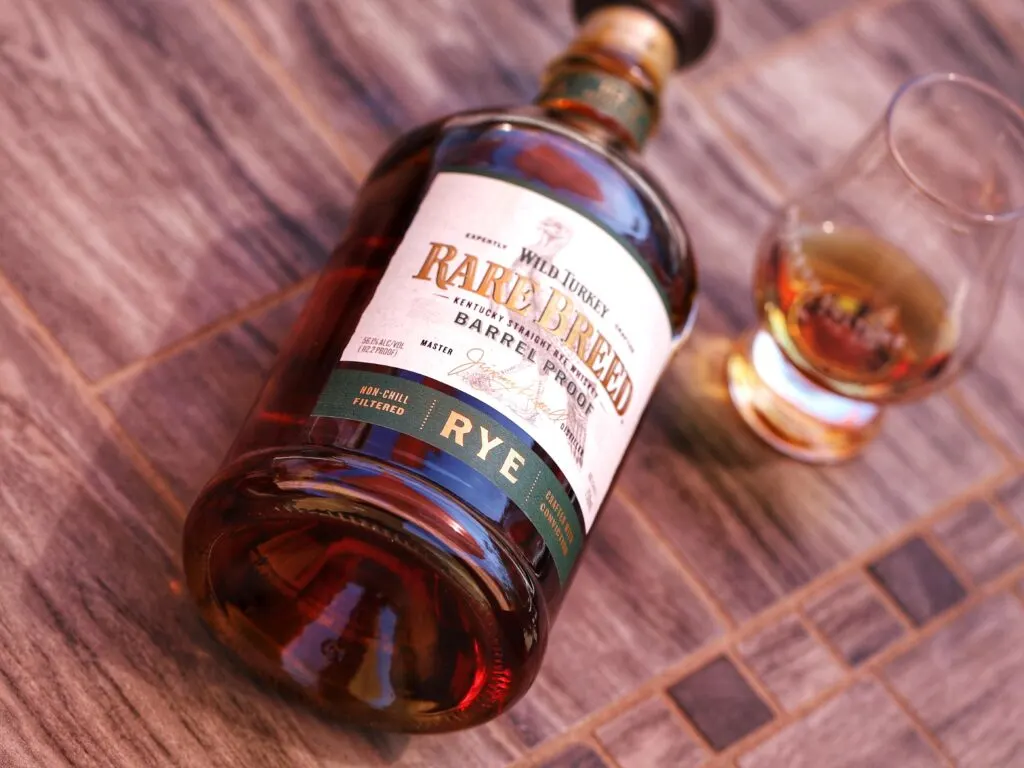
But getting back to Rare Breed Rye, the decision was to begin pulling 4, 6 and 8 year old barrels to blend together into a new product. The 4 year old barrels would add brightness (through fruit and herbal notes) to the whole blend while 6 and 8 year old barrels would add complexity and oak. These ages are not just picked out of thin air either. Rye whiskey is a whole other beast which sees full
maturation arrive sooner than a comparable bourbon. I’ve had many great 4 year old rye whiskies myself that are uncommonly good and can make me ponder why distilleries even age past that mark anyway (only half kidding on that one).
Rare Breed Rye also takes things a step further by not chill filtering (NCF) the liquid. This is something that not even the US version of Rare Breed Bourbon can claim. If you’re unfamiliar with chill filtering, it’s the act of passing the whiskey through a media (sometimes silk or paper filters, sometimes a layer of fine charcoal) after chilling it down to 40 degrees or less.
This causes the natural fatty acids that are in the distillate to congeal, clump together and become trapped in the filter. The reason why this is done is mainly cosmetic. Producers don’t want their customers thinking their whiskey is defective if it is exposed to cold temps (like a car trunk in the winter or a big cube of ice being added to a glass).
The overall flavor profile isn’t supposed to suffer because of it, but many whiskey drinkers will claim there is a difference in taste, myself included. Whatever your opinion is, there was a large celebration when Rare Breed Rye specs were published and enthusiasts saw a big fat “NCF” in the description
One more thing before we move on to the tasting notes. I know there is sometimes a lot of confusion as to how Rare Breed Rye (and the bourbon) can be continuously bottled at the same proof for many years in a row and still be called “barrel proof.”
I’m not entirely sure myself, but here’s a couple of ways they could be doing it. First, it is theoretically possible that they are measuring the proof of each barrel and blending together the batches using some insanely precise math calculation.
Oh, so that’s where all of the engineers at NASA went. The second method could take advantage of a TTB rule that states that the proof on a label is allowed to be off from the actual proof of the liquid by like, +/- .5% ABV (so one proof point in either direction). This could give Rare Breed Rye the ability to possibly be as high as 113.2 and as low as 111.2.
That way, distilleries don’t have to employ former NASA engineers and could cut costs by hiring the same engineers that designed the Ford 6.0L diesel. The third method may be that Wild Turkey combines multiple barrels together into one barrel after maturation is complete. Then they test the total proof and add water into the barrel as needed to lower it down to 112.2.
This may seem odd, but technically this is legally considered barrel proof in the eyes of the TTB. You’re not allowed to dump the barrels into a vat and proof it down and call it that. The final way they could be getting a consistent proof is just lying about it and refusing to change the label. There aren’t many ways to enforce these mislabeling practices, so maybe they just don’t care. I’m not saying that’s the case though.
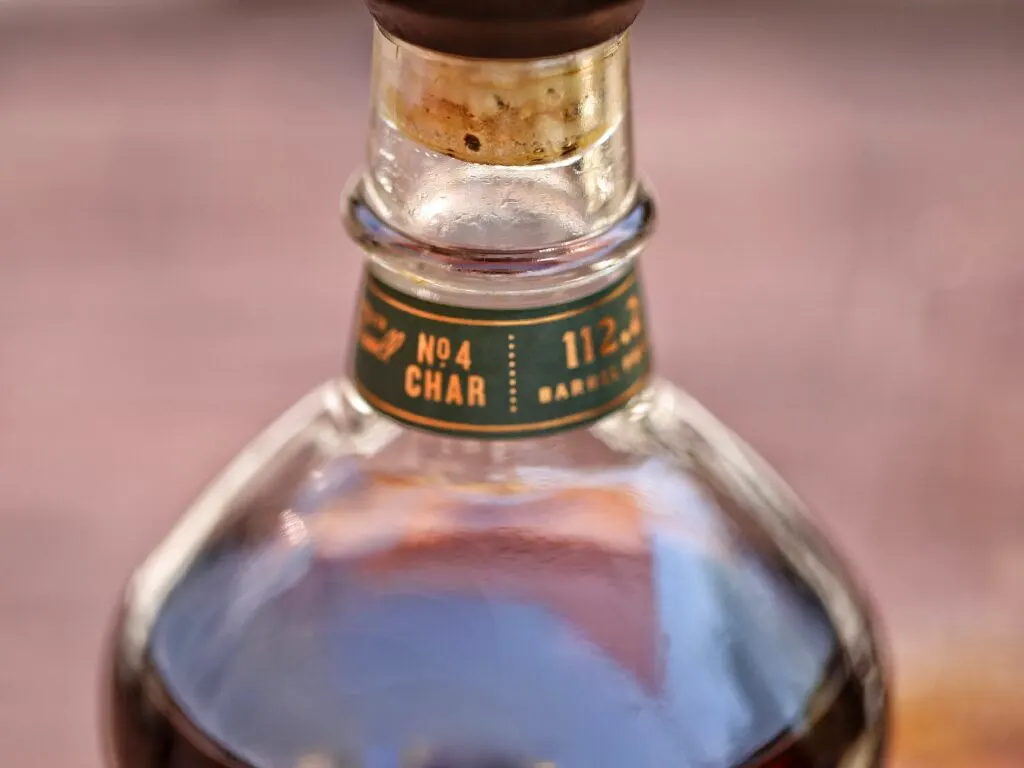
Okay, enough exposition! Let’s get down to tasting. I sampled this neat in a glencairn. This is a 2021 bottling for the record. Rarebird101 claims that he’s detected slight differences across different yearly batches, but just know this is what I’m working with today.
Tasting Notes
Nose: The opening salvo of scents are much sweeter than I anticipated. Gingersnap cookies mixed with herbal notes-a-plenty. I also get a bit of savory scents here and there, which is something I’ve picked up on with Russell’s Reserve Single Barrel ryes and even Cornerstone (the 9-14 year old 2019 Master’s Keep release). I was kind of expecting more fruits but the closest I get to that is a mish-mash of citrus scents.
Palate: Once again, I’m surprised to find a good amount of herbal notes within. Not that it’s weird for rye whiskey to have herbal notes, but I was expecting more caramel and vanilla due to the high corn content of the mash bill.
Lemon mixes with mint and licorice mixes with crushed Brazil Nuts. I even find a nice array of baking spices on my tongue; cinnamon and allspice. The fruit is still strangely absent (with the exception of citrus) as I was expecting to find maybe some cherry or raspberry notes. The 8 year old barrels don’t seem to be helping as much as I thought either. If anything, the oak I’m finding seems to taste dry – something I find with younger whiskey.
Finish: Moderately long finish (but wishing it was longer), I continue to get more dry oak notes. They don’t become too dominant though as root beer flavors remain along with the telltale Turkey nuttiness, a sprinkling of citrus zest and cinnamon.
Score: 7.6/10
Rare Breed Rye is a whiskey I’ve avoided buying for much longer than I was expecting. Everywhere I looked it was over $65. That was a price I just couldn’t agree with. Even at my local Costco, which had it marked all the way down to $53 for months, it still felt too expensive. You’ve seen the bottles I’ve reviewed and owned and might think I was making a mountain out of a molehill.
But my reasoning was that late in 2020, I had seen pictures from Costco’s in California where Rare Breed Rye was being sold for $46.99. This falls more in line with what I expected to pay since that’s about the price of Rare Breed Bourbon.
Additionally, Rare Breed Bourbon is made up of barrels that are considerably older than the rye (a blend of 6, 8 and 10 year old barrels). I know many people will try to persuade me that’s normal because of the increased expense of rye grain over corn and that it’s more labor intensive when you’re fermenting it. But a $13-20 increase seemed like a stretch. The value just doesn’t seem to be there which is why I just couldn’t bring myself to buy it.
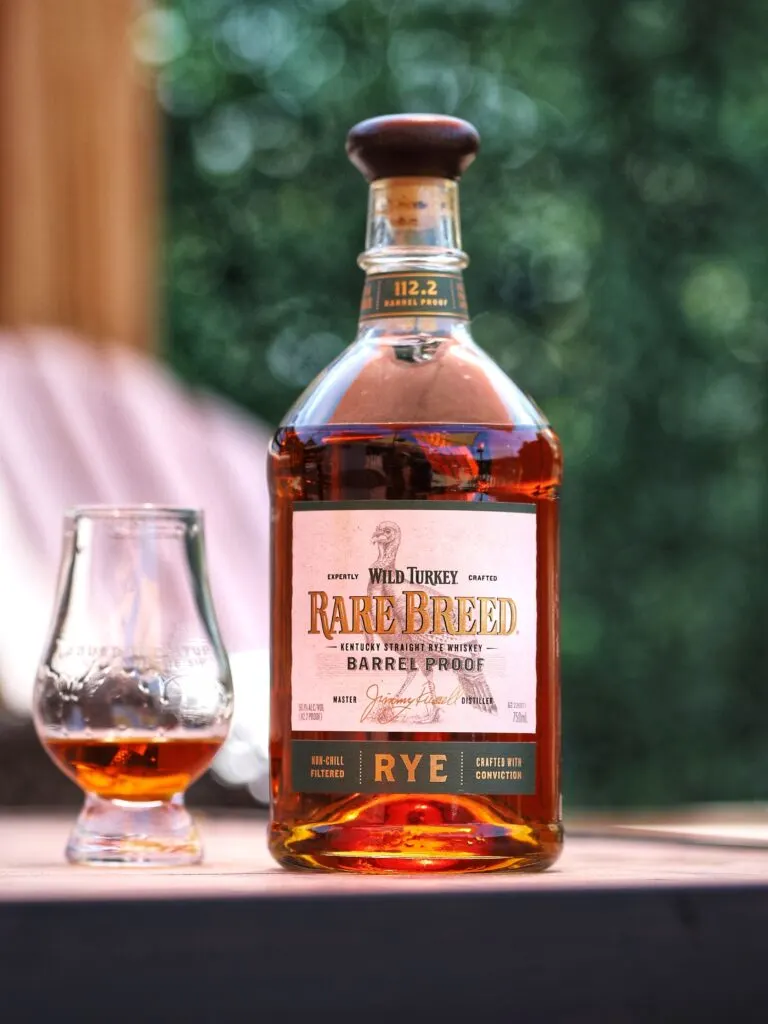
Final Thoughts
After drinking this, I was happy to find that this is, genuinely, a very good rye whiskey. Enough for me to recommend any fan of rye whiskey to buy. I may even agree that it’s worth around the $55-60 that most stores sell it for.
I love rye whiskey and I always want to taste every example I can get my hands on. But, and you knew there was going to be a but, I’m going to step back for a moment and say that I still think the 95/5 rye that MGP puts out is better than this. Many will disagree with me, but I have no blind allegiance to the Russell’s.
This is why my first bottle of Rare Breed Rye may be my last. It was great for what it was and I know people will enjoy it, but it’s not enough for me to want to go back to it over and over. And if you want to come at me for this opinion, I’ll be right over here sipping on this single barrel of Bone Snapper.
Featured Products
- Neat Traveler

- View Larger
- Description:The Aged & Ore Neat Traveler is a complete travel kit for spirits. We combined our widely praised Neat Glass with one of our 3oz Flight Bottles and housed them together in a custom EVA travel case. Perfect for a night away with your favorite pour. The tie
- Bottle Flight
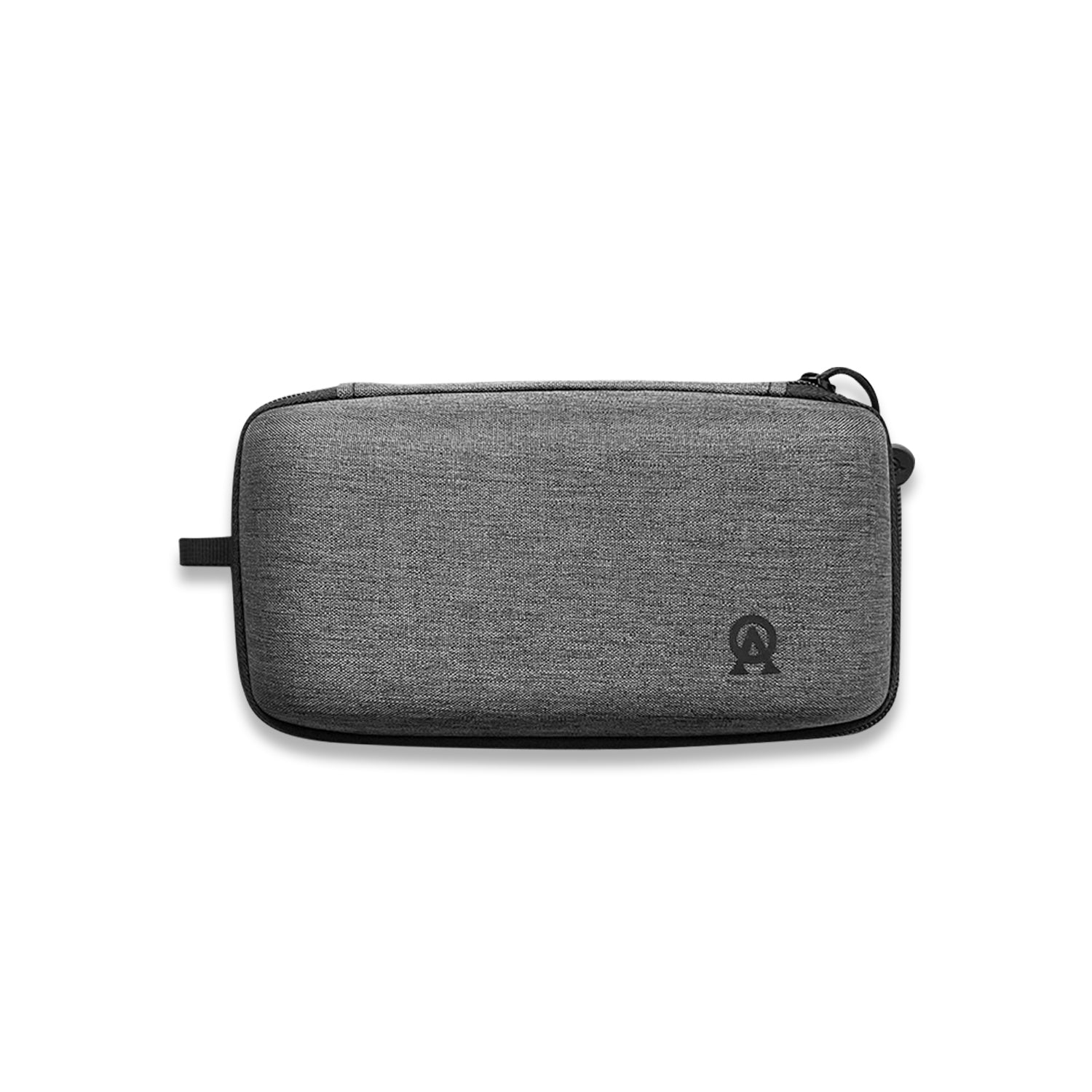
- View Larger
- Description:The Aged & Ore Bottle Flight is a premium set of 4 custom silicone wrapped glass bottles designed to transport and share samples of your favorite spirits. The flight bottles come in a custom EVA travel case that fits perfectly in any small bag. An Aged &
- Travel Bundle
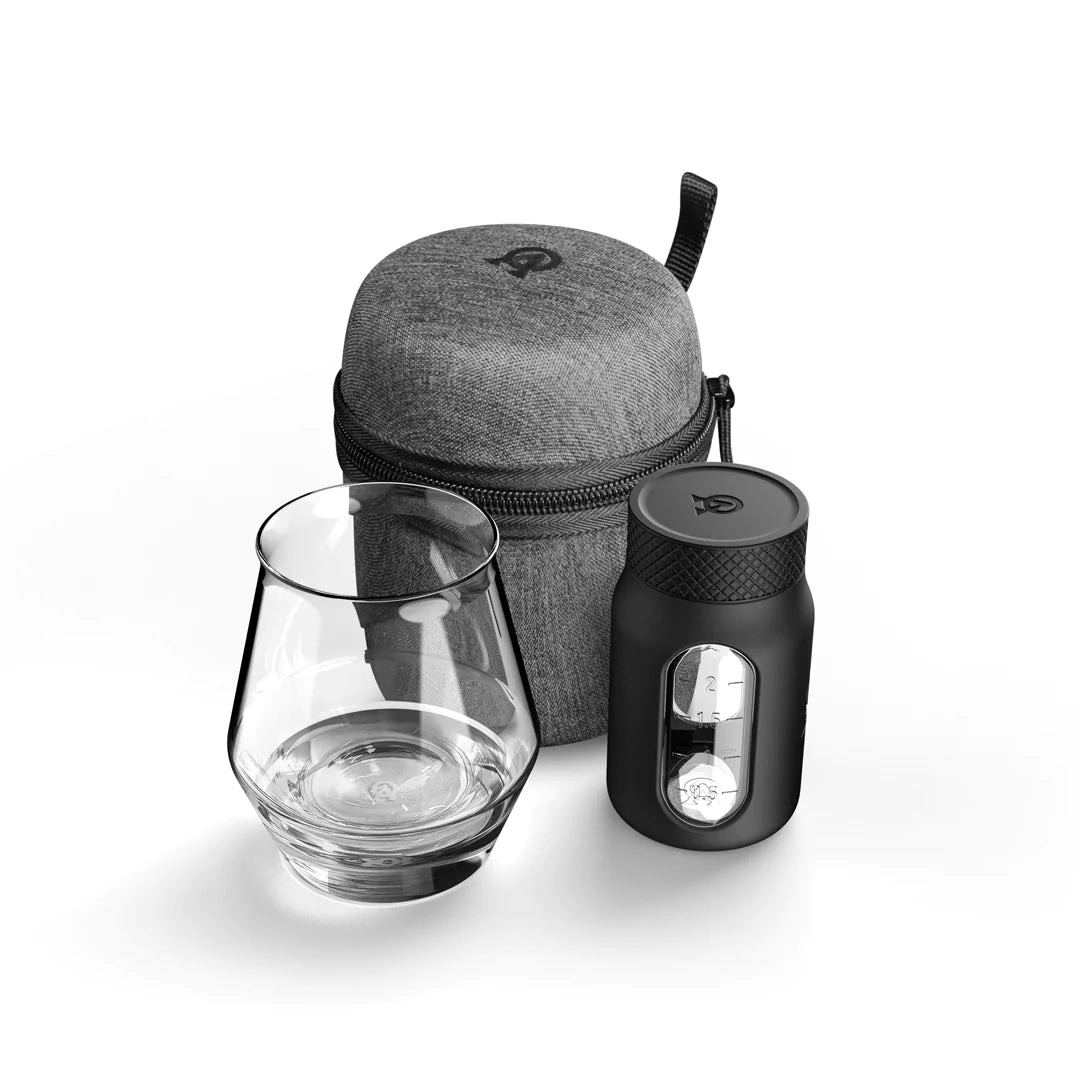
- View Larger
- Description:This Bundle combines two of our crowd favorite products, creating the ultimate travel bundle to bring along your favorite spirits and glassware. Bundle Includes: Neat Traveler (Gray) Bottle Flight (Gray) Note: This bundle is only available in gray and col
*Bourbon Culture is reader-supported. When you buy through links on our site, we may earn an affiliate commission.

